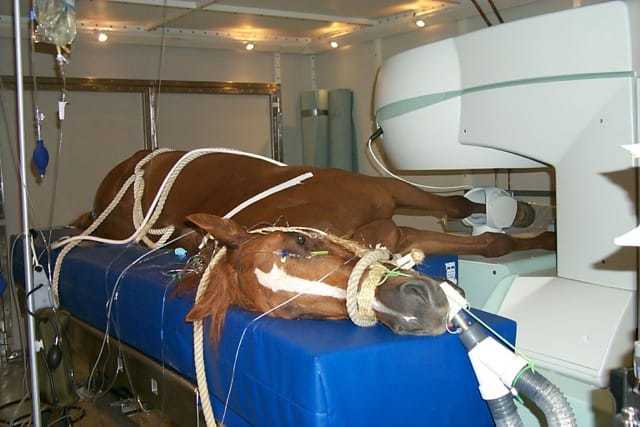
Treating Intraosseous Pressure in Horses
Vets successfully employed a pioneering technique to treat a South African horse’s intraosseous pressure.

Vets successfully employed a pioneering technique to treat a South African horse’s intraosseous pressure.

Should routine blood tests be used to assess a horse’s health as part of a prepurchase exam?

The simulator is designed to let veterinary students master injection skills before working with a live horse.

The treatment, called H-FIRE, delivers a short burst of electricity into specific places in the tumor.

The system is designed to allow radiation oncologists to deliver powerful treatments with pinpoint accuracy.

Learn about equine intra-articular joint-injections for arthritis from a leading researcher and practitioner.

For years three major parts of Phar Lap’s body have been housed in pieces at three museums in two countries.

The simulator allows students practice joint injections before trying their hands at injecting a live horse.

Researchers are investigating the use of smart textiles and technology in equine science.
The CE will be a part of the dedication ceremony for the new TrueBeam linear accelerator.

Researchers found that Neospora hughesi is being identified in horses across the United States.

Researchers believe variables such as breed and geographic location might impact horses’ blood test results.

Researchers used sensors to measure a horse’s movements and quantify limb movement outside a gait laboratory.

Researchers are taking the next step and asking questions about the information the equine genome contains.

Go behind the scenes at the University of Pennsylvania School of Veterinary Medicine’s New Bolton Center.

Graduate students are uniquely positioned for immersion in research that will advance horse health knowledge.
Stay on top of the most recent Horse Health news with
"*" indicates required fields